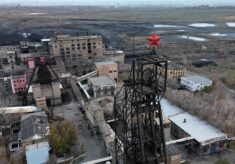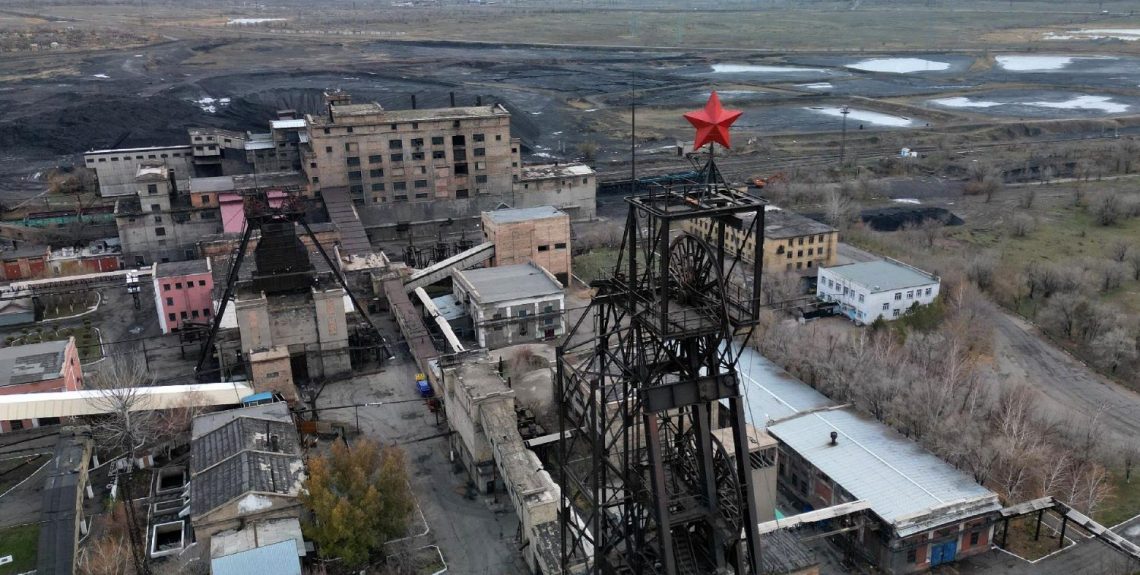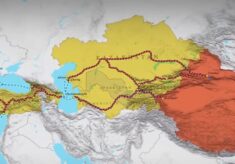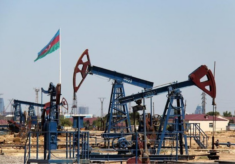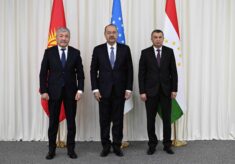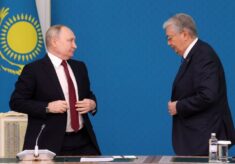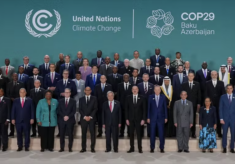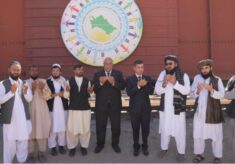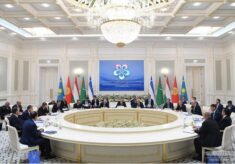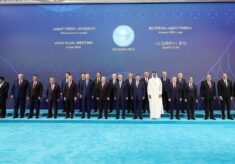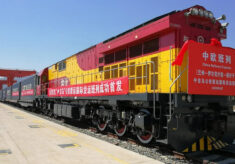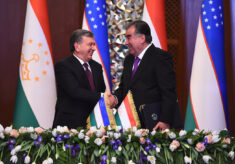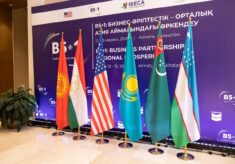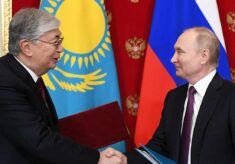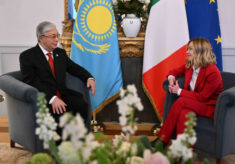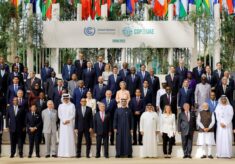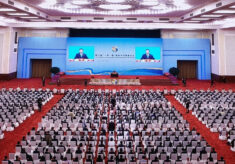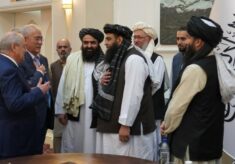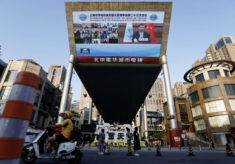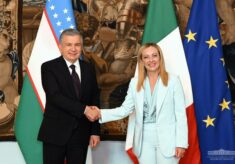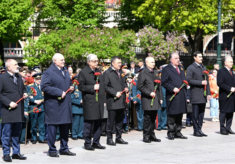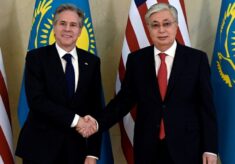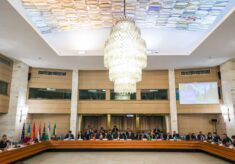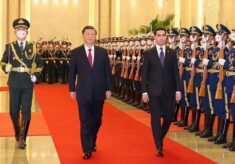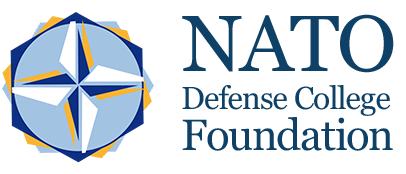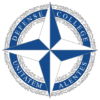In the foreign policy agenda of the new Trump Administration Central Asia appears not a priority, if we compare the main focus on economic tariffs, Israel-Hamas and Russia-Ukraine conflict, China containment. This could represents a potential U-turn compared to the approach of the former President Biden which developed profitable relations with Central Asian republics both on bilateral and multilateral dimensions. However a reshaped cooperation aimed at granting to the US the access on rare earths and critical mineral potential reserves in the region has progressively become a promising platform of discussion involving US and Central Asian authorities: according to the Washington’s perspective, the strategic goal to achieve will be to weaken Chinese footprint in the area as well as rebalancing the Beijing’s control of the global supply chain based on key minerals for the green energy transition and for the defence industry.
Central Asia holds huge reserves of critical minerals and rare earths such as manganese (38% of global reserves), chrome (30,7 percent), copper, cobalt, titanium. The largest reserves are located in Kazakhstan and Uzbekistan, which are key partners in order to promote political and economic cooperation in the region (R. Vakulchuk and I. Overland, “Central Asia is a missing link in analyses of critical materials for the global clean energy transition”. One Earth, 4(12), 1678-1692, 2021). In the last months, US Secretary of State Marco Rubio has started discussion with both authorities in Tashkent and Astana exploring opportunities to better focus American investments in order to support Central Asian efforts for exploiting critical raw mineral reserves.
In March 2025 Uzbekistan has launched a $2,6 billion initiative to develop national deposits of critical minerals, such as tungsten, lithium, titanium and vanadium, promoting a national supply chain able to attract American investments and political interest (“Uzbekistan launches drive to develop minerals & mining sector”, Eurasianet, March 10, 2025), while Kazakhstan holds 19 of the 34 critical minerals identified in the EU-Critical Raw Material Act 2023, also being the second world’s largest producer of chrome.
Starting from the US interest to exploit Central Asian mineral potential, it is also necessary to reflect on the export routes to deliver these resources allowing them to reach the international markets, routes which have necessarily to escape from Russian and Chinese control. The Middle Corridor – the Transcaspian International Trade Route – appears the best option to promote, also because Kazakhstan is the key linchpin to connect the two shores of the Caspian Sea, while Uzbekistan is actively committed to use this multimodal corridor as export route. Moreover, there are other potential routes – which are included in the forthcoming regional connectivity architecture – able to deliver critical raw minerals to the Indian Ocean and then to the US, all of these crossing Afghanistan and Pakistan: the so-called Kabul corridor from Uzbekistan crossing Afghanistan before to reach the Pakistani ports along the Indian Ocean and the railway project based on the tripartite cooperation among Kazakhstan-Turkmenistan and Afghanistan.
In addition to bilateral relations, also President Trump appears ready to support the B5+1 initiative (promoted by President Biden in March 2024) as a US tool to extend long-term cooperation with the five Central Asian republics, mainly focused on the business dimension (the B in the B5 stands for business). In the American perspective, the B5+1 forum has been conceived as an upgrade of a US-Central Asian cooperation platform, known as the C5+1 (established by President Obama in 2015) which represents a regular format of political dialogue aimed at providing peace and prosperity in the region as well as promoting a sustained cooperation to address the region’s complex challenges and emerging threats.
Within this B5+1 initiative, the USA focus on trade and business relations as the prevailing factor to promote connectivity in the region, supporting Central Asian private sector which has been identified as a priority to enhance level of trade and economic cooperation, aiming at the creation of a more favourable business environment in the region, breaking down trade barriers and attracting international financial investments (F. Indeo, “B5+1, the US renovated interest on business cooperation with Central Asia”, NDCF Strategic Trends, March 20, 2024). Considering this US interest on developing Central Asian mineral sector, B5+1 format will allow Washington to challenge China, EU and Russia’s ambitions to extend the control in this strategic energy domain.
